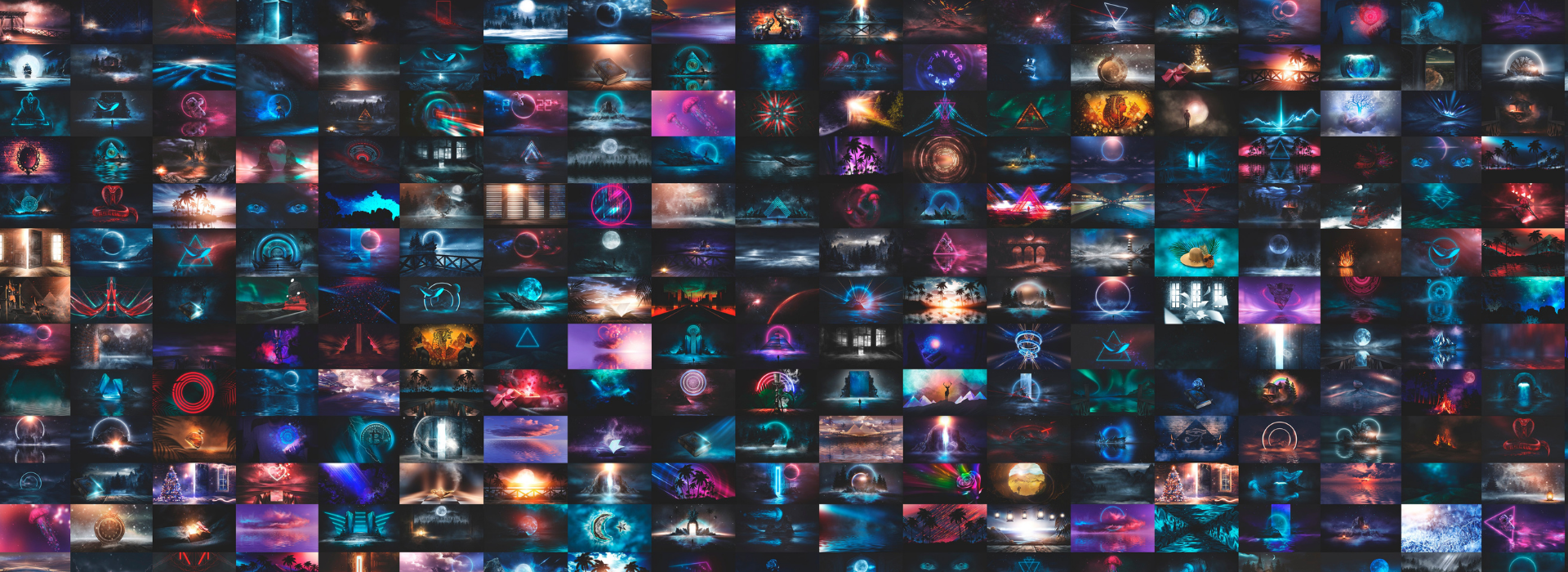NFTs can transform loyalty: Here are 6 things brands should know
April 14, 2022 | By Deborah Lynn Blumberg
From Lamborghini to Major League Baseball, brands of all types and sizes are experimenting with non-fungible tokens, or NFTs.
For companies, these unique digital assets that represent ownership of digital and real-world items are a way to make new, multifaceted digital connections with creators and consumers, grow their customer base and ultimately increase sales.
With NFTs, consumers can own unique and scarce items that may increase in value as popularity grows — and demand has grown for NFTs. According to DappRadar, NFT sales volume totaled $24.9 billion in 2021, as compared with just $94.9 million in 2020.
But it’s still early days. While more and more companies are beginning to issue NFTs, there’s a learning curve. Organizations are working out how best to use NFTs to build — and maintain — customer engagement and loyalty, and are considering intellectual property and royalty issues as they engage with artists, said Maja Lapcevic, Mastercard’s senior vice president of Innovation Management at a Mastercard Foundry Live event last week.
Industry experts discussed how NFTs are shaping the future of brand experiences and what companies can do to prepare for the fast-approaching changes in this ever-evolving world.
01
NFTs need intrinsic value customers can connect with. Many people buy NFTs as an investment or to flip them for a profit. But to truly transform customer loyalty, a brand must get people to connect with its NFTs. “We want our NFTs to have intrinsic value to our fans based on the price they’re paying for them,” said Kenny Gersh, executive vice president of business development at Major League Baseball. MLB is partnering with digital collectibles company Candy Digital to create NFTs for fans, such as digital baseball cards with stats that update throughout the season. “This gives them the ability to display their collection to the world and show off their fandom,” he said.
02
Opportunities abound to create highly personalized experiences. Volkswagen Group brand Lamborghini will drop a Mars-themed NFT and custom DJ-created track auctioned alongside the Aventador LP 780-4 Ultimae coupe, Lamborghini’s last gas-powered car. The NFT buyer will get perks including a virtual hangout with the NFT artist and DJ and a private tour of the Lamborghini Museum in Italy. A major motivation for carmakers using NFTs is to provide new brand experiences. “The goal is to strengthen the physical brand of the companies, open new channels for communication and reach out to Gen Z," said Petromil Petkov, head of Innovation Hub Singapore at Volkswagen Group. MLB plans to make NFTs for some teams’ season-ticket holders that could give access to more NFT drops connected to perks such as a ballpark tour.
03
NFTs can turn customers into brand evangelists. Consumers who buy a brand’s NFTs, or get them along with a product purchase, will feel more connected to the company, remain loyal customers and recruit friends and family as customers, the thinking goes. But to engage people, brands must be clear about their purpose with NFTs, said Fanny Lakoubay, the founder and senior adviser at LAL ART Advisory, which specializes in the NFT and crypto art space. “Have a mission statement about why you use NFTs and other Web3 blockchain technology,” she said. MLB’s Gersh sees NFTs as a marketing engine. “Owners of digital assets tend to be evangelists of the brands they’re associated with,” he said. “Getting these products out to our most passionate fans will help spread the love of baseball to others.”
04
For mass adoption, a familiar on-ramp is needed. While popularity in NFTs has grown, most people still aren’t totally familiar with the phenomenon, and are not used to the extra steps it takes to buy an NFT, such as needing a crypto wallet. MLB is conscious of this, and fans can buy an MLB NFT in U.S. dollars through Candy. “To attract a mass-market audience, we have to make it easy for baseball fans to buy the way they’re used to buying products, with a credit card or other mechanism,” Gersh said. As adoption grows, fans will eventually be able to transfer NFTs to their own crypto wallet.
05
With NFTs, artists anticipated getting more control, but that’s still evolving. The idea behind NFTs was that they would make it easier for artists to control and sell their work. But that hasn’t necessarily been the case for most. Artists are still learning the ins and outs of NFTs and how best to protect themselves. “The learning curve is steep,” Lakoubay said. Artists and brands are banding together on exciting special collections and client events, but it’s not always apparent who owns — or should own — the intellectual property, and whether or not the artist gets royalties.
06
Brands are deep in experimentation mode. Companies are trying out ideas knowing they might fail or look very different from what eventually takes. “You have to test things,” Gersh said. MLB is working to make it easier for fans to show their MLB NFTs to the world. That sharing is a key part of the experience, he said. Petkov is interested in the idea of fractional ownership, or letting people own a few pixels of an NFT. “This could drive NFTs even more to the masses,” he said. When companies create an NFT, they should take a user-centric approach, he added, and consider how the NFT fits into the total brand experience. Companies are also pondering how NFTs and the metaverse will connect and overlap. “More coordination between online worlds is very exciting to me,” Lakoubay said.